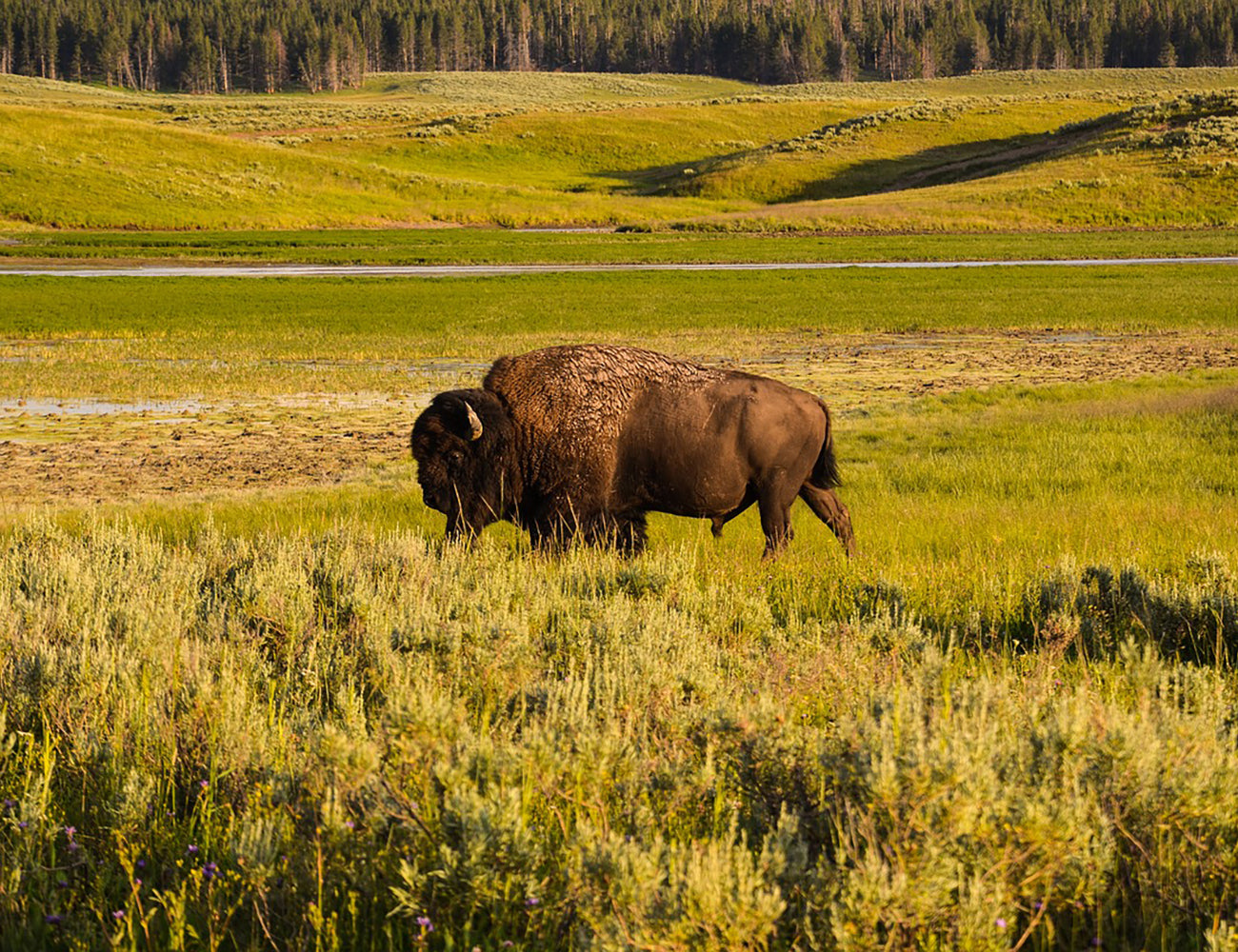BIG HORN BISON CONSERVATION HERD


The image of bison roaming across an endless prairie is a strong symbol of our American landscape before the settlement by pioneers in the 1800’s. No doubt, these American icons evolved through the centuries to live in harmony with the natural ecosystem of North America.
Many bison producers utilize corrals and finishing facilities as a part of their management strategy to control the attributes of the finished meat, to humanely treat their herds, and to protect grasslands and the health of the animals.
A healthy herd and a financially viable business requires ranchers to efficiently manage their bison within the limitations of their land base. Ranchers today work to replicate the ability of bison to demonstrate their natural tendencies as much as possible. But ranches have boundaries, and any time an animal is kept within a fenced environment, producers must provide certain interventions to protect the health and welfare of the herd. Mineral supplementation and deworming practices are just two examples of human interventions that are regularly conducted on bison in all types of production protocols, including most public herds.
Keeping bison in a corral finishing system is widely considered as a practice tied to grain finishing animals. But there are many reasons that bison are also contained in corral systems.
Bison require no outside shelter and they will turn to face storms and may appear to become dormant during heavy snow fall. They will lie down during heavy snow and let the show cover their bodies. Predators are also of little concern as the herd will defend themselves. They will circle the predator and drive it from their domain.
Because bison can jump fences and break through almost any barrier, a strong containment system is essential. Fences around the pasture should consist of eight high-tensile wires, three of which carry a high voltage of electricity, or equivalent fencing. A corral-chute system with no sharp turns or corners and with sides 7 to 8 feet high is recommended. The system should include catwalks, feed bunks, water, lighting, tractor access, plenty of space for each animal, and spring-loaded, locking slam gates. The squeeze chute should have a crash gate and palpation cage. A crowding circle, alleyway(s), and sorting pens are also necessary.
Ideal land for bison would have boulders, rocks, rugged areas, woods, and thickets, but the only requirements are adequate pasture and a water source. Running water is preferable, but a pond will suffice. If you satisfy a bison’s food and water requirements, it will stay within the fenced area. Otherwise, almost no barrier can stop a hungry bison.
